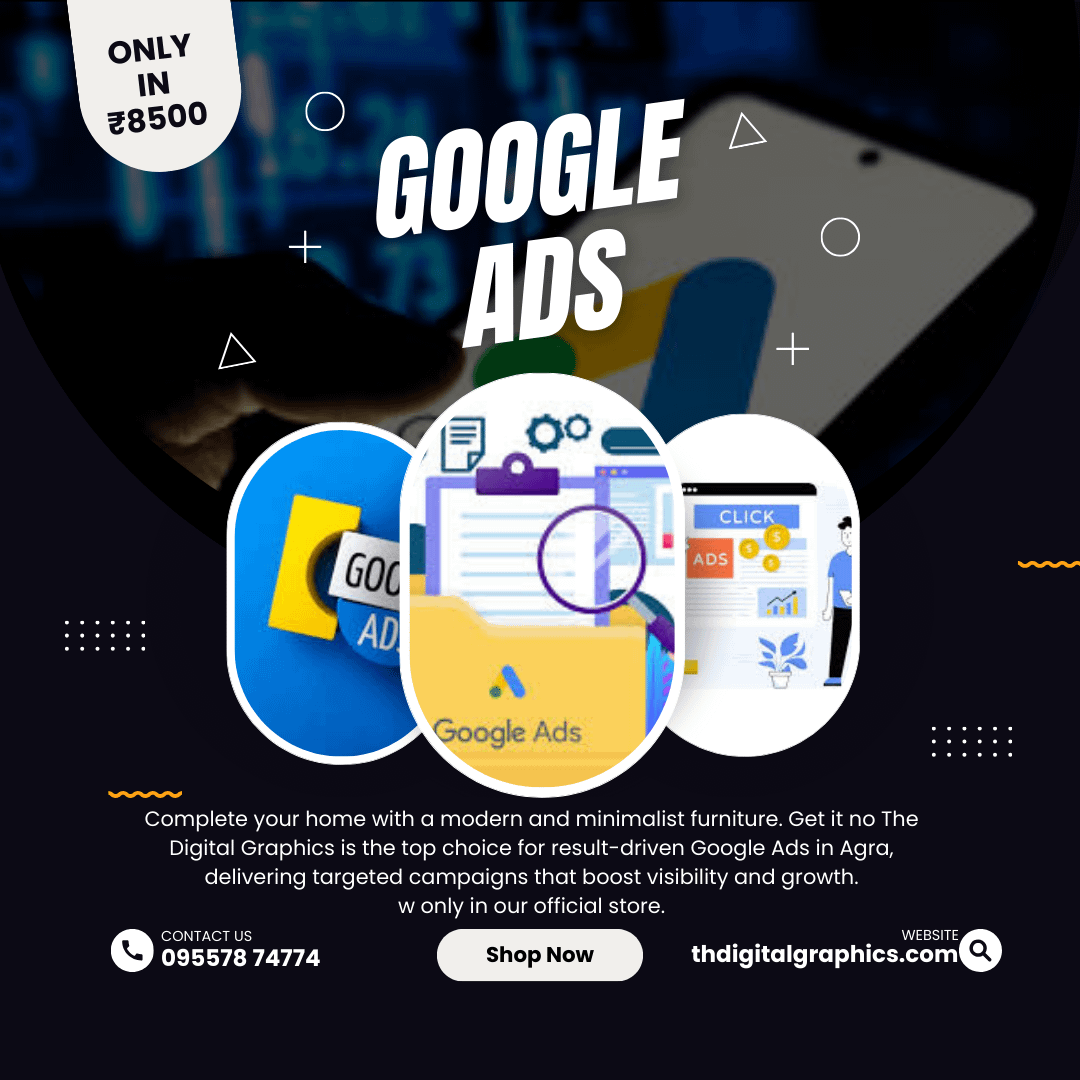In the ever-evolving landscape of digital marketing, Google Ads remains a powerhouse for driving traffic, leads, and sales. As we move into 2025, staying ahead of the competition requires not just running ads but crafting a strategic, data-driven approach. Here at The Digital Graphics, we believe in empowering businesses with the right tools and strategies to maximize their ad performance. Let’s dive into the best Google Ads strategies you can adopt to elevate your campaigns.
1. Audience Segmentation and Targeting
Gone are the days of broad targeting. In 2025, personalized advertising reigns supreme. Leverage Google’s audience targeting options to segment users based on demographics, interests, and online behavior. Use customer match and similar audience features to retarget website visitors and existing customers.
Tip: Create specific ad sets for each audience segment to ensure messaging aligns with their interests and stage in the buyer’s journey.
2. Optimize for Voice Search and AI
With the rise of AI-driven devices and voice assistants, optimizing your Google Ads for voice search is crucial. Use conversational keywords and long-tail phrases that reflect how users speak naturally.
Tip: Implement question-based keywords and focus on mobile-friendly ads, as most voice searches happen on smartphones.
3. Embrace Video Ads
Video continues to dominate online engagement. Google’s YouTube ads offer an excellent opportunity to capture attention and drive brand awareness.
Tip: Create short, impactful video ads that highlight your product’s benefits within the first 5 seconds. Utilize bumper ads for quick and memorable messaging.
4. Leverage Automated Bidding Strategies
Google’s AI-powered bidding strategies have become more sophisticated, allowing advertisers to focus on goals like maximizing conversions, target CPA (Cost Per Acquisition), and ROAS (Return on Ad Spend).
Tip: Test different automated bidding strategies and let Google’s machine learning optimize for the best-performing ads.
5. Focus on Localized Ads
For businesses targeting local customers, Google Ads offers location-based targeting to drive foot traffic to physical stores.
Tip: Use location extensions, local service ads, and geo-targeting to attract nearby users actively searching for services or products like yours.
6. Expand with Performance Max Campaigns
Performance Max campaigns leverage Google’s full suite of channels (Search, Display, YouTube, Gmail, and Maps) to drive performance across multiple touchpoints.
Tip: Provide high-quality creative assets and allow Google to dynamically optimize placements and combinations to maximize reach and conversions.
7. Refine Ad Copy with Dynamic Search Ads
Dynamic Search Ads (DSAs) automatically generate headlines based on website content, ensuring relevancy for search queries.
Tip: Keep your website updated and well-structured to allow DSAs to pull accurate and compelling content.
8. Prioritize Mobile-First Advertising
With mobile usage continuing to grow, designing ads with a mobile-first approach ensures better engagement and conversion rates.
Tip: Optimize landing pages for fast loading times, clear call-to-actions, and mobile-friendly design.
9. Use Data Analytics to Drive Decisions
Leverage Google Analytics and ad performance reports to track metrics, analyze user behavior, and adjust campaigns accordingly.
Tip: Set up conversion tracking and regularly review data to identify high-performing ads and optimize underperforming ones.
10. Stay Updated with Google’s Latest Features
Google frequently updates its ad platform with new features and tools. Stay informed and experiment with the latest offerings to gain a competitive edge.
Tip: Subscribe to Google Ads newsletters, join online forums, and follow industry blogs to keep up with the latest trends.




